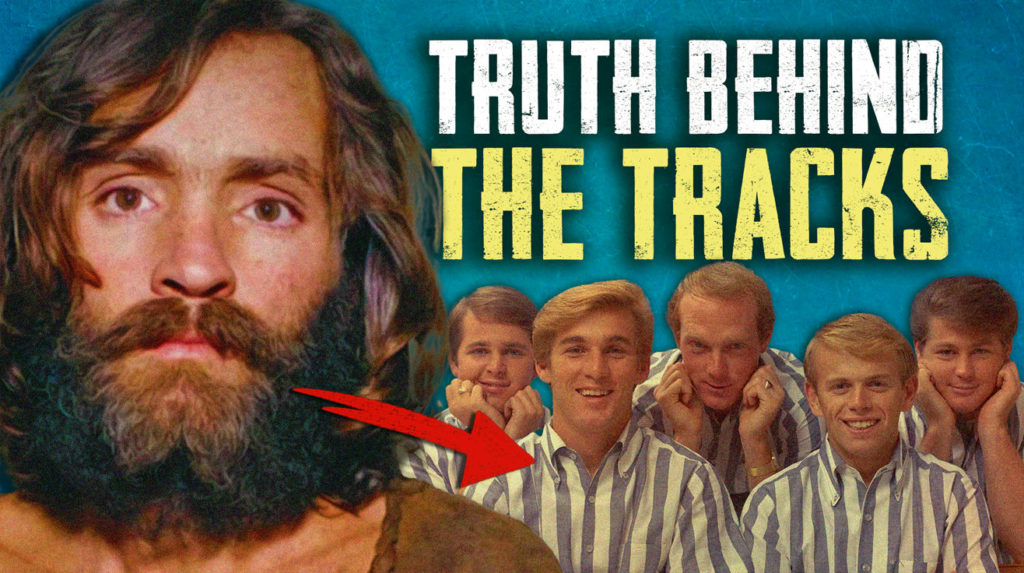
Behind the glittering façade of stardom lies a web of scandals and controversies that would make even reality TV producers blush. These whispered tales reveal the true cost of fame and artistry. The music industry presents one face to the public while hiding another – kind of like that friend who’s all sunshine on Instagram but total chaos in real life. This exploration pulls back the curtain on the hidden battles and human stories behind those legendary album covers.
17. Blurred Lines: Tyler’s Controversial Relationship
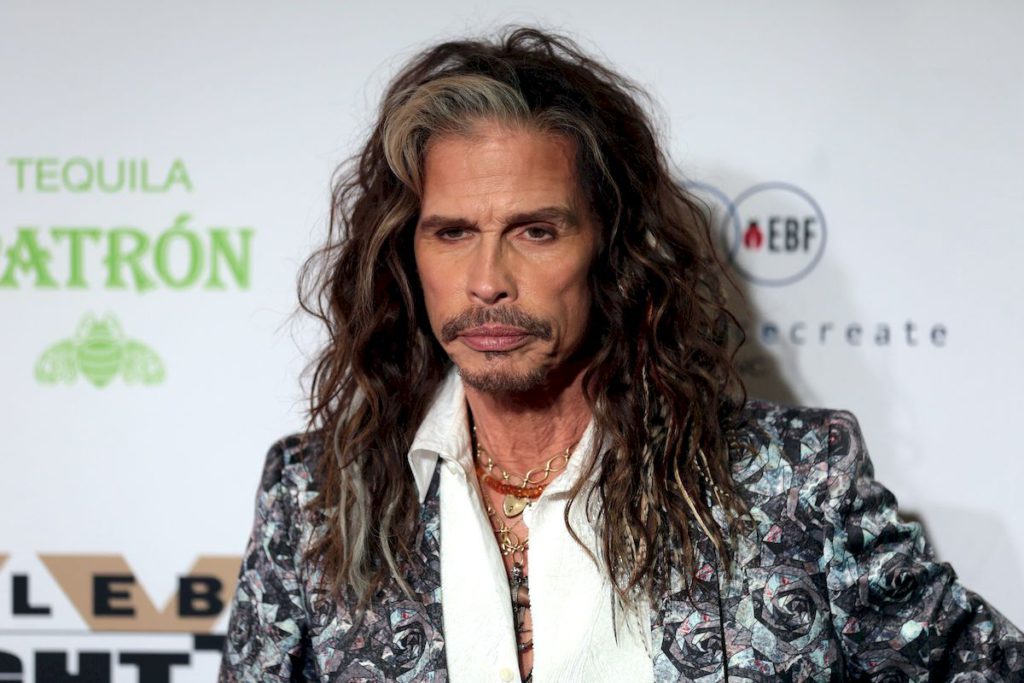
In 1973, Aerosmith frontman Steven Tyler began a relationship with 16-year-old Julia Holcomb when he was 27. He became her legal guardian through some paperwork wizardry, effectively bypassing those pesky parental consent laws. Their relationship lasted three and a half years before ending after Holcomb became pregnant and reportedly felt pressured into an abortion.
Holcomb later described the relationship as “a high-risk life of sex, drugs, and rock and roll.” This chapter reflects the era’s anything-goes attitudes and unchecked behavior. The 1970s rock scene treated ethical boundaries like suggestions rather than rules – imagine driving 90 in a school zone and the cops giving you a thumbs-up instead of a ticket.
16. Age of Scandal: Lewis’s Controversial Union

Jerry Lee Lewis @ Credicard Hall
Jerry Lee Lewis’s career hit a brick wall in December 1957 when the 22-year-old rock pioneer married Myra Gail Brown, his 13-year-old first cousin once removed. Bad timing too – he was just reaching stardom with hits like “Great Balls of Fire.”
When British journalists uncovered the relationship during Lewis’s UK tour, the public erupted. Tours canceled. Radio stations blacklisted him. His performance fees nosedived from $10,000 to $250 a night. This scandal knocked his rock career off the tracks for over a decade, forcing him to rebuild in country music circles where, apparently, the standards were different. Go figure.
15. Love Games: The Inspiration Behind McVie’s Hit

Fleetwood Mac’s “Rumours” album is essentially a soap opera set to music. During this relationship hurricane, Christine McVie carried on a two-year affair with Beach Boys drummer Dennis Wilson while still married to Fleetwood Mac bassist John McVie.
This messy situation birthed the hit single “You Make Loving Fun.” To keep the peace in an already fractured band, Christine told her husband the song was about her dog, Scooter. That’s some next-level relationship chess – writing a hit song about your secret lover while convincing your husband it’s about the family pet. No wonder “Rumours” sold 40 million copies – the behind-the-scenes drama was as compelling as the music.
14. Twisted Harmonies: Manson’s Beach Boy Link

In 1968, a roadside pickup forever linked America’s wholesome musical ambassadors to one of its most notorious killers. Dennis Wilson gave some hitchhikers a ride – members of Charles Manson’s “family” – sparking a friendship with consequences nobody saw coming.
Manson and his followers moved into Wilson’s mansion, burning through about $100,000 of the drummer’s money. Wilson helped Manson record “Cease to Exist,” which The Beach Boys reworked as “Never Learn Not to Love” without crediting Manson. When Manson discovered this musical theft, he reportedly delivered a bullet to Wilson with a threat about his children’s safety. Talk about a bad Yelp review of the collaboration.
13. Prince of Darkness: Osbourne’s Animal Antics

Ozzy Osbourne earned his “Prince of Darkness” title through two infamous incidents involving unfortunate animals. In January 1982, during a Des Moines concert, Ozzy bit the head off what he thought was a rubber bat thrown onstage. Surprise! It wasn’t rubber. Cue a series of painful rabies shots.
This followed his 1981 meeting with CBS Records executives where, frustrated and intoxicated (a classic combo), Osbourne bit the head off a dove meant as a peace offering. “I’ve done a lot of stupid things,” Ozzy later admitted, mastering the art of understatement. These weren’t calculated publicity stunts but rather the actions of a man struggling with substance abuse and his post-Black Sabbath identity crisis. His impulse control was like a smartphone battery – always running out at the worst possible time.
12. Guitar God Booted: Richard’s Dismissal of Hendrix

Before becoming a guitar legend, Jimi Hendrix played backup for Little Richard. This pairing could have been magical, but ego and spotlight issues bubbled up faster than water on high heat.
Richard grew increasingly irritated by Hendrix’s attention-grabbing guitar techniques. The final straw? Audiences cheering more for Hendrix’s solos than for the main act himself. “I never wanted nobody to be as pretty as me,” Little Richard later confessed. This rejection pushed Hendrix toward developing his revolutionary style. Sometimes getting fired is the best career move you’ll ever make.
11. Back From the Brink: Sixx’s Brush with Death

December 23, 1987: Mötley Crüe’s Nikki Sixx was declared clinically dead for two minutes after a heroin overdose. After drinking with Guns N’ Roses members, Sixx injected heroin and immediately lost consciousness. Paramedics revived him with two adrenaline shots to the heart – basically the “Pulp Fiction” scene years before the movie existed.
“I remember the paramedic standing over me saying, ‘Nikki, you were dead,’” Sixx recalled in “The Dirt.” This near-death experience inspired “Kickstart My Heart,” proving near-death experiences are just songwriting opportunities for rock stars. The kicker? Sixx supposedly escaped from the ambulance and immediately shot up again at home. Addiction is like a toxic relationship – you know it’s terrible for you, but breaking up feels impossible.
10. Final Curtain Call: Bonham’s Tragic End

On September 24, 1980, Led Zeppelin’s drummer John Bonham downed about 40 shots of vodka during a 12-hour rehearsal. After passing out at Jimmy Page’s mansion, Bonham asphyxiated in his sleep, dying at 32.
This death immediately ended one of music’s most influential bands. Led Zeppelin canceled their tour and disbanded, stating they “could not continue as we were.” Unlike other bands that replace departed members like spare parts, Zeppelin recognized that Bonham’s distinctive drumming – that perfect blend of technical wizardry and raw power – couldn’t be replicated. Some band members are simply irreplaceable.
9. Eerily Similar Endings: Music’s Grim Roommates

In a coincidence straight out of a horror movie, two major musical figures – Mama Cass Elliott and Keith Moon – died in the same London apartment four years apart, both at age 32. Harry Nilsson’s Mayfair flat became the music world’s cursed address.
Cass Elliott died of heart failure there in July 1974 after successful London shows. Four years later, Keith Moon died in the exact same bedroom after taking 32 pills during his sobriety attempt. The location now features a commemorative plaque – though “Famous Musicians Died Here” probably doesn’t boost the property value. The music world can be as superstitious as baseball players during playoffs.
8. Candy Crisis: The Truth Behind Van Halen’s Demands

Van Halen’s infamous M&M’s rider – demanding bowls with all brown candies removed – wasn’t just rock star pettiness. It was actually a brilliant test hidden in their technical contract to verify venue management’s attention to detail.
“Brown M&M’s on the catering table meant the promoter hadn’t read the contract,” David Lee Roth explained. The rider contained crucial safety specifications for their elaborate stage show with dangerous pyrotechnics. At one venue where they spotted brown M&M’s, they discovered the floor wasn’t strong enough to support their equipment. This candy clause was like those “attention check” questions in online surveys – if you miss the simple stuff, you’re probably missing the important stuff too.
7. Forced Fidelity: Morrison’s Contractual Outburst
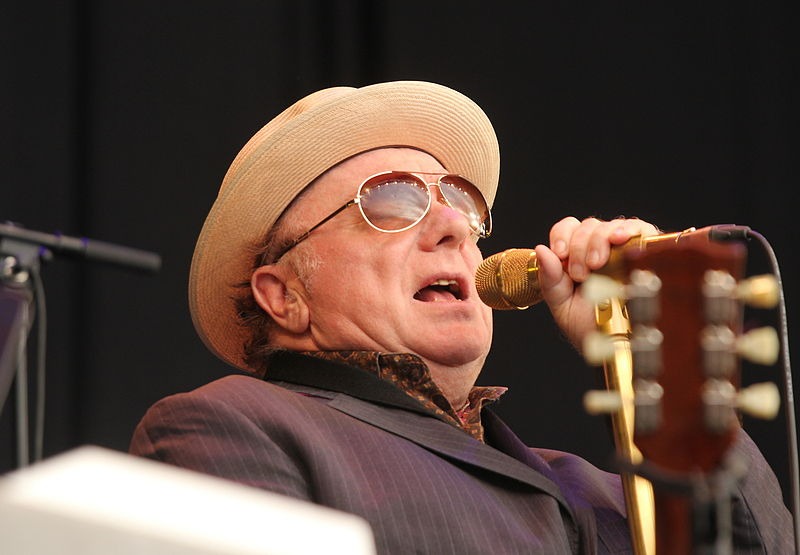
In 1967, Van Morrison found himself trapped in a bad contract with Bang Records. His escape plan? Record 31 nonsensical songs in one session, known as “The Contractual Obligation Session.”
With ridiculous titles like “Ring Worm” and “Blow in Your Nose,” these tracks featured Morrison mumbling absurdities and random noises. Bang actually released some tracks (bold move), but the protest recordings freed Morrison to sign with Warner Bros., where he created the masterpiece “Astral Weeks.” Sometimes malicious compliance is the best revenge against corporate overlords.
6. Blood Ink: Kiss’s Controversial Comic Creation
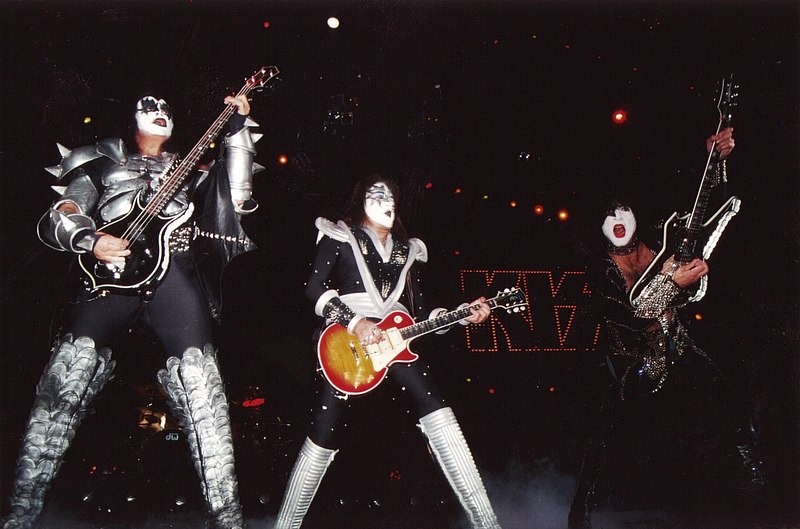
In 1977, Kiss elevated rock merchandising by creating Marvel Comics Super Special #1. For maximum publicity, band members had blood drawn by a nurse, which was mixed with the red ink used for printing. Metal doesn’t get more metal than that.
“It was a literal blood pact with our fans,” Gene Simmons explained, never one to undersell a marketing stunt. This bloody gimmick worked brilliantly – all 400,000 copies sold out immediately. Kiss understood brand extension before it was a business school buzzword. While other bands were still figuring out t-shirt designs, Kiss was building a merchandising empire that would make even Star Wars jealous.
5. Raw Power and Recovery: Pop’s Psychiatric Stay
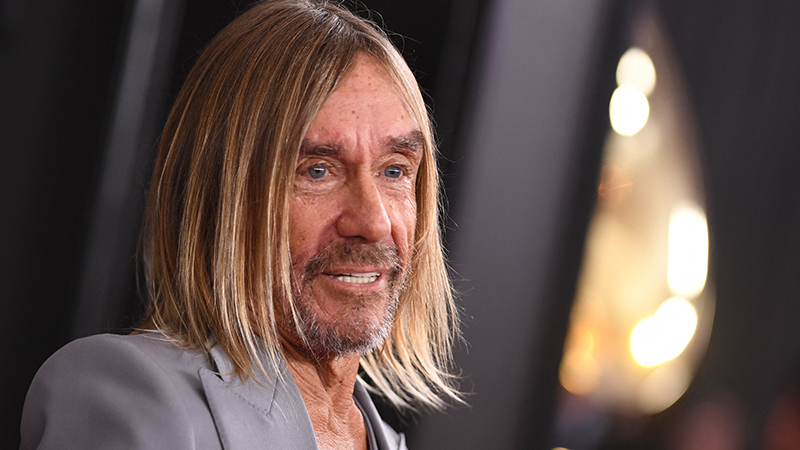
Behind Iggy Pop’s wild stage persona – the self-mutilation, crowd-surfing, and raw intensity – hid a period of vulnerability. In 1975, after years of substance abuse, Pop checked into UCLA’s neuropsychiatric institute for three months of intensive treatment.
“I checked myself in to get straight,” Pop later admitted. His treatment included medication, therapy, and electroconvulsive therapy. This recovery period directly influenced his collaboration with David Bowie on landmark albums that revitalized his career. Pop’s willingness to seek help – rare in the macho rock world of the 1970s – offers a refreshing counternarrative. Mental health treatment isn’t the end of creativity – sometimes it’s the jump-start your creative engine needs after running on fumes.
4. Stargazer’s Vision: The Truth Behind Bowie’s Eyes
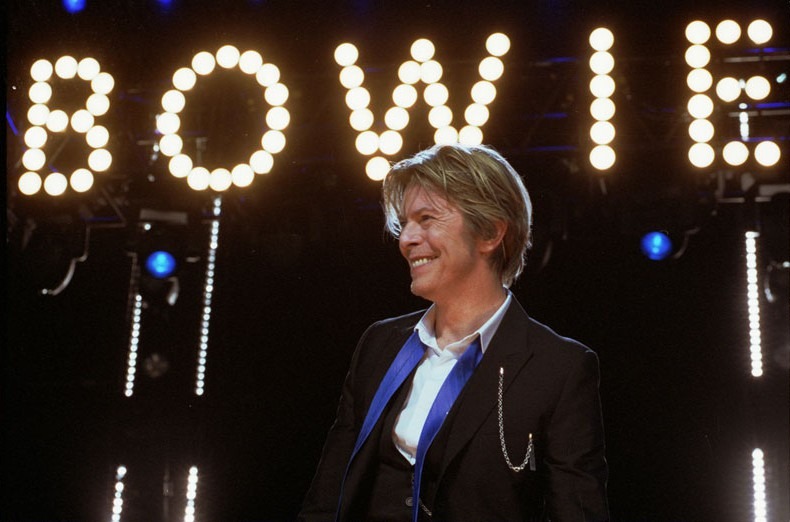
David Bowie’s mismatched eyes became central to his alien persona, but fans often get the story wrong. He didn’t have different colored eyes. Bowie had anisocoria – a permanently dilated pupil caused by a teenage fight with friend George Underwood over a girl.
“It was a silly thing. We both liked the same girl,” Underwood explained. His punch scratched Bowie’s eye, paralyzing the iris muscles and creating that signature mismatched look. Rather than holding a grudge, Bowie thanked Underwood for contributing to his otherworldly appearance. Leave it to Bowie to turn a schoolyard punch into career-defining mystique.
3. Rock and Roll Never Sleeps: Keith’s Restless Reality

Keith Richards claims he sleeps only two to three hours nightly. “I’m not really interested in sleeping,” Richards told an interviewer. “I’ve got other things to do.” Like surviving against all medical odds, apparently.
Medical experts roll their eyes at the physiological possibility of functioning on such minimal rest long-term. But this claim perfectly fits Richards’s carefully crafted image as rock’s ultimate survivor. The man who should have died multiple times according to science but refused to follow the rules. Richards plays his own lifestyle like he plays guitar – by making up rules that shouldn’t work but somehow do.
2. Desert Farewell: Parsons’ Unconventional Send-Off

When country-rock pioneer Gram Parsons died from a morphine overdose at Joshua Tree Inn in 1973, his road manager Phil Kaufman decided regular funerals were too mainstream. Before Parsons’s body could reach Louisiana for a family burial, Kaufman and assistant Michael Martin stole the corpse from LAX in a borrowed hearse.
Following what they claimed was Parsons’s wish, they drove his body to Joshua Tree National Park, doused it with gasoline, and created the most rock ‘n’ roll cremation ever. Police caught them but only fined them $750 for coffin theft since body-stealing wasn’t technically illegal. The music world operates like its own separate universe with different rules – what would get normal people jail time gets musicians legendary status and eventually a biopic.
1. Smoke and Remembrance: Tupac’s Ashes Memorial

After Tupac Shakur’s 1996 murder, members of his group The Outlawz claimed they honored an unusual request from his lyrics in “Black Jesus”. At a private memorial, they reportedly mixed some of his cremated remains with marijuana and smoked them.
“That was a way to keep his memory alive,” E.D.I. Mean explained years later. “We were just fulfilling his wishes.” While this tribute raised eyebrows when revealed, it reflects the deeply personal nature of grief in musical families. Some people keep locks of hair or photos – others apparently take memorial services to heights that would make conventional funeral directors faint.





















